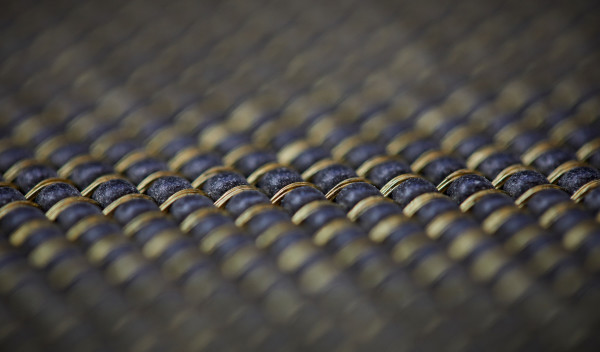
You may be interested in the compression abilities of the Marathon press pads in order that you can anticipate how long they will last.
The life of a press pad generally comes to an end when the pad loses its compensation ability. This is down to the fact that the silicone finally gives up its attempt to return to its original configuration after repeated compression cycling, causing the silicone to lose its memory.
The number of expected cycles varies considerably. This is down to the density of the substrate and the consistency of the boards being pressed, as well as the plates being used.
Continuous production of one size of particleboard has been known to give in excess of 500,000 pressings (Copsil™/UltiMat™) before the pad has to be discarded.
Bear in mind, however, that production of MDF floorboards, for example, can yield as few as 20,000 pressings before loss of compensation. Typical expectations for floorboards, in a modern press, would be up to 80,000 > pressings and for particleboard/ furniture board production 150,000-200,000 > pressings would be a reasonable figure.
There are wide variations to these figures according to the full operating conditions of the press and the variable acceptance of finished product quality standards.
For further information please contact us on:
Telephone: +44 1706 657052
Email: sales@marathonbelting.co.uk
![]()
Advanced performance textiles for industrial applications
Go BackGet in touch with Marathon